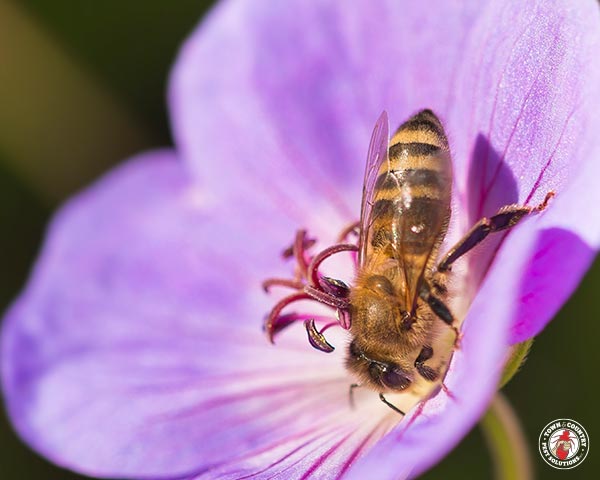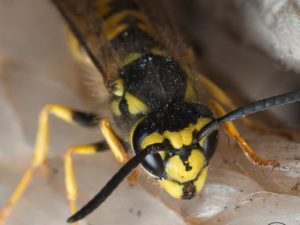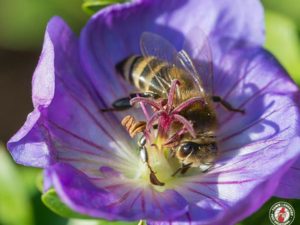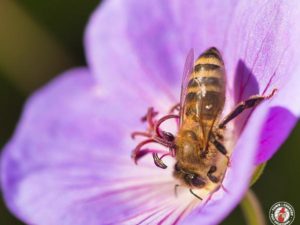
Many local governments in the United States and elsewhere have considered banning the practice of beekeeping in suburban areas, as many residents of suburban towns have complained about the threats that their neighbor’s beekeeping operation poses to other nearby residents. It is not uncommon for individuals to raise bees within their own hives, but many of these amatuer beekeepers have not taken the proper classes that teach beekeeping safety. Obviously, beekeeping can be dangerous to both beekeepers themselves and those who live near them. This is why most professional beekeepers operate on rural areas of land located far away from highly populated regions where their bees could pose a threat to the public. However, numerous beekeepers also practice their trade in large lots located in urban areas, like New York and Philadelphia, but honey bee swarms can escape from lots that are run by even the most well-trained beekeepers. In order to legally practice beekeeping in one of New York City’s five boroughs, numerous regulations must be followed that are not required for most beekeepers in rural regions. Not surprisingly, many of these regulations concern the prevention of bee swarms and recognizing potentially aggressive bee colonies before they mature into adults that are able to swarm. Despite these regulations, bee swarms that occur in urban areas often originate from beekeepers located in the same urban setting.
For some reason, bee swarms often gravitate toward parked cars after escaping their hives. For example, in two cities located in the United Kingdom, numerous residents panicked after a swarm of bees covered a parked car in Marlborough and Maidstone. On this very same day, police in the nearby city of Chichester blocked a busy street where a swarm of bees were found gathered together on a branch. These bees were later determined to have originated from a local beekeeper’s property. There have also been numerous reports of bee swarms in the city of London, which is not surprising since the city is home to 5,000 licensed beekeepers. However, the number of reported bee swarms is not as great in New York City as it is in London, as New York City only recently legalized beekeeping in 2010. However, beekeeping is growing fast in the Big Apple as there now exists 373 beekeepers operating in the city. The number of beekeepers in the city grew by 35 percent in only four short years, and experts believe that only half of all beekeeping hives in New York City are legally registered. While the potential threat of beekeeping in urban areas is currently being shrugged off by both the National Beekeeping Association and residents of New York City, residents may change their minds once apiaries in the city become as common as they are in London.
Do you believe that it is dangerous to raise bees within highly populated urban areas?













